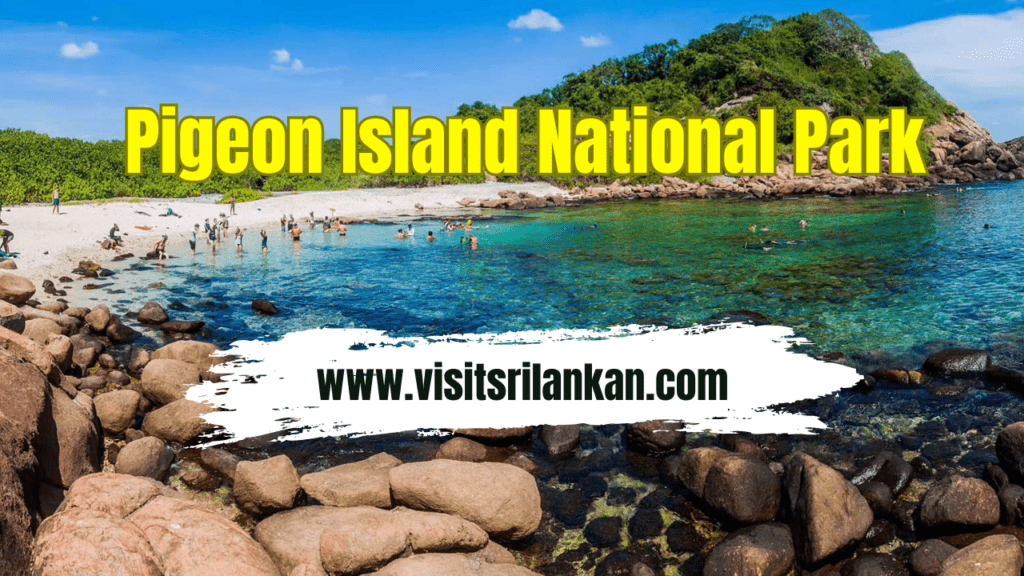Table of Contents
- Introduction
- History and Location of Pigeon Island National Park
- Biodiversity and Wildlife
- Exploring the Marine Life
- Pigeon Island: A Haven for Birdwatchers
- Activities and Attractions for Visitors
- Snorkeling Adventures
- Scuba Diving: Delving into the Deep
- Beaches and Picnicking Spots
- The Historical Ruins: A Glimpse into the Past
- Conservation Efforts and Sustainability
- Best Time to Visit
- How to Get There
- Accommodation Options
- Conclusion
Introduction
Welcome to Pigeon Island National Park, an enchanting natural haven nestled off the northeastern coast of Sri Lanka. This protected marine and terrestrial area is a paradise for nature enthusiasts, history buffs, and adventure seekers alike. In this article, we will take you on a journey through the wonders of Pigeon Island National Park, uncovering its rich biodiversity, breathtaking marine life, historical significance, and exciting activities that await visitors.
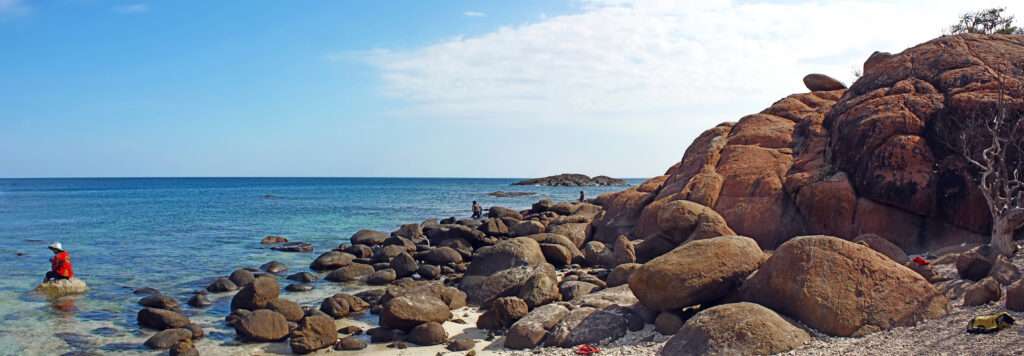
History and Location of Pigeon Island National Park
Pigeon Island, known as “Piduruthalagala” in the local tongue, was declared a national park in 2003. Situated in the district of Trincomalee, it comprises two islands – Large Pigeon Island and Small Pigeon Island. The park’s history dates back to the British colonial era when it served as a shooting range for sport. Today, it stands as a protected sanctuary, covering a total area of 471.43 acres.
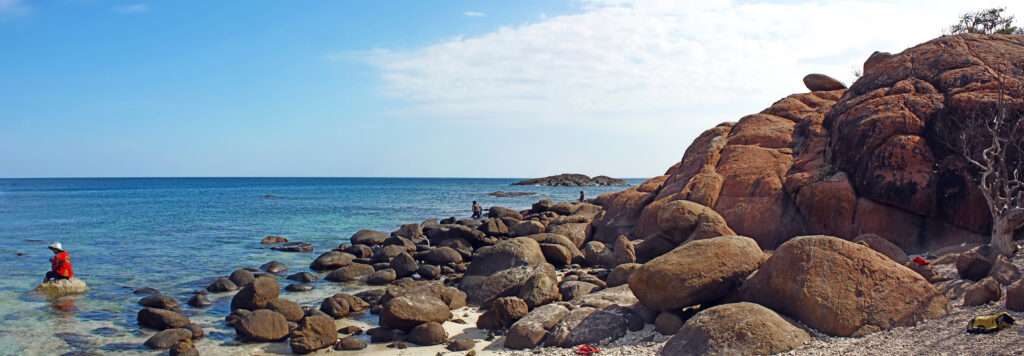
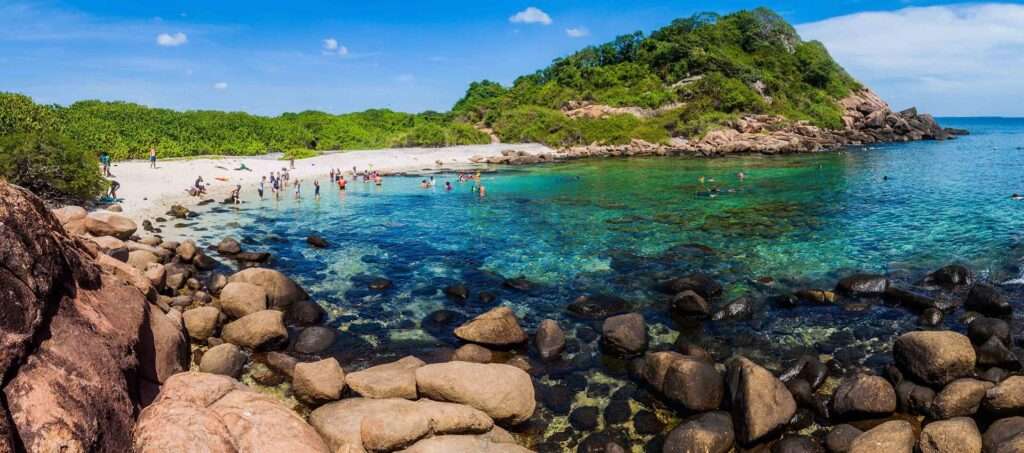
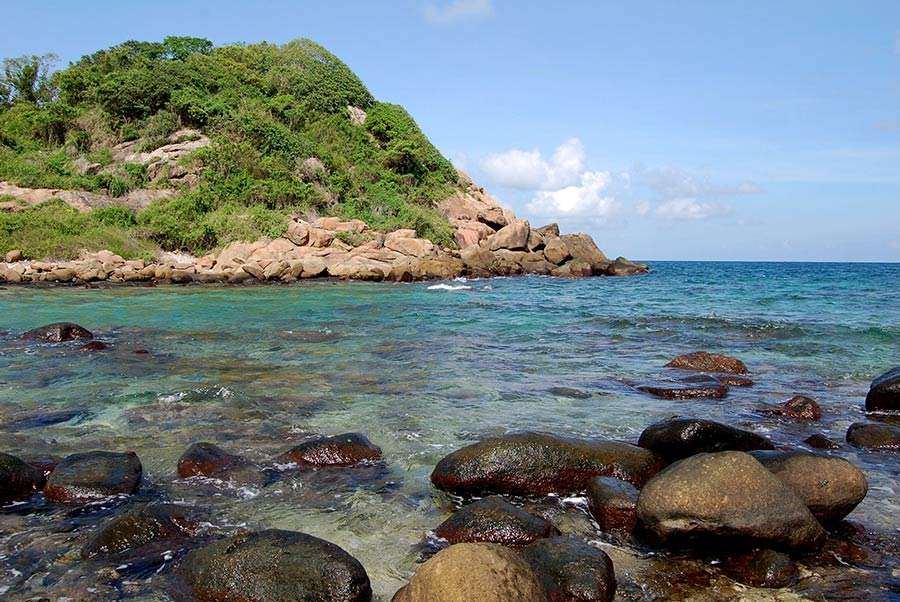
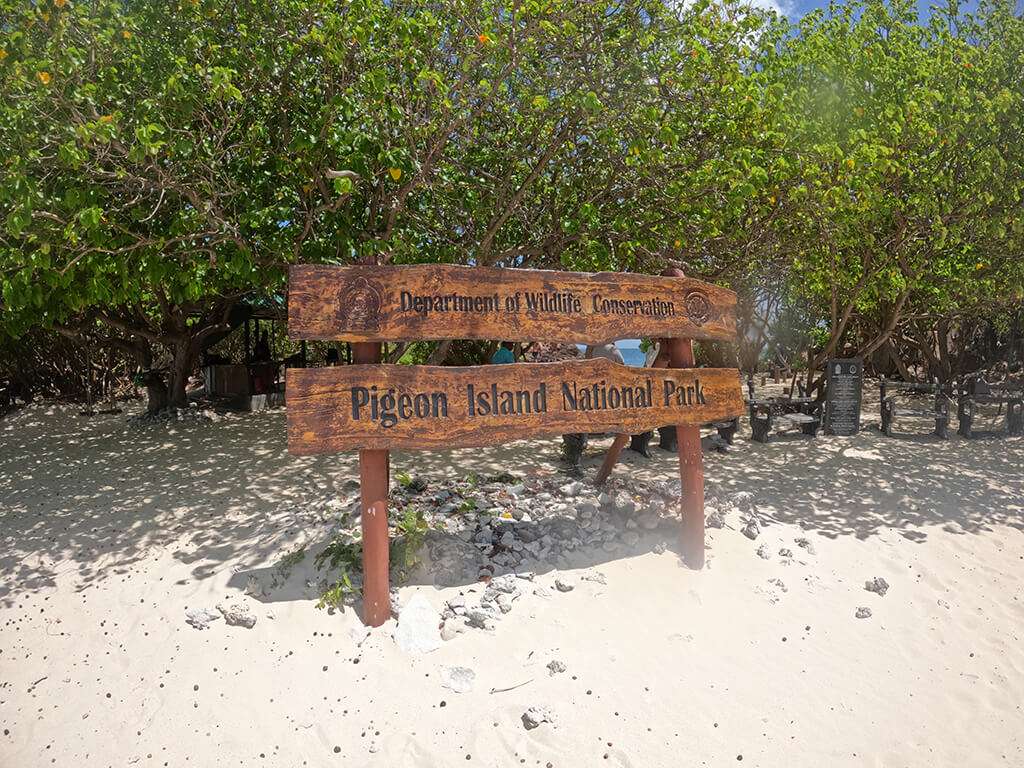
Biodiversity and Wildlife
Diving into the crystal-clear waters surrounding Pigeon Island, visitors are treated to a kaleidoscope of marine life. The park is renowned for its vibrant coral reefs, home to a diverse array of marine species, including parrotfish, angelfish, and reef sharks. Snorkelers and divers can witness the colorful marine inhabitants dancing amidst the corals, creating a mesmerizing underwater spectacle.
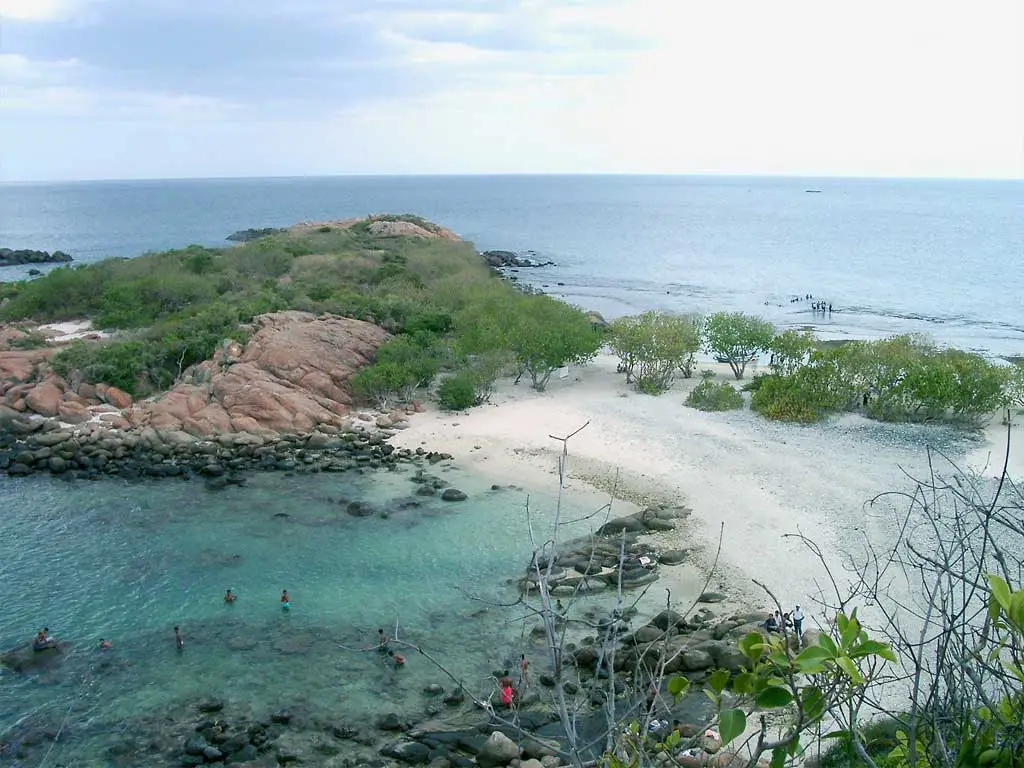
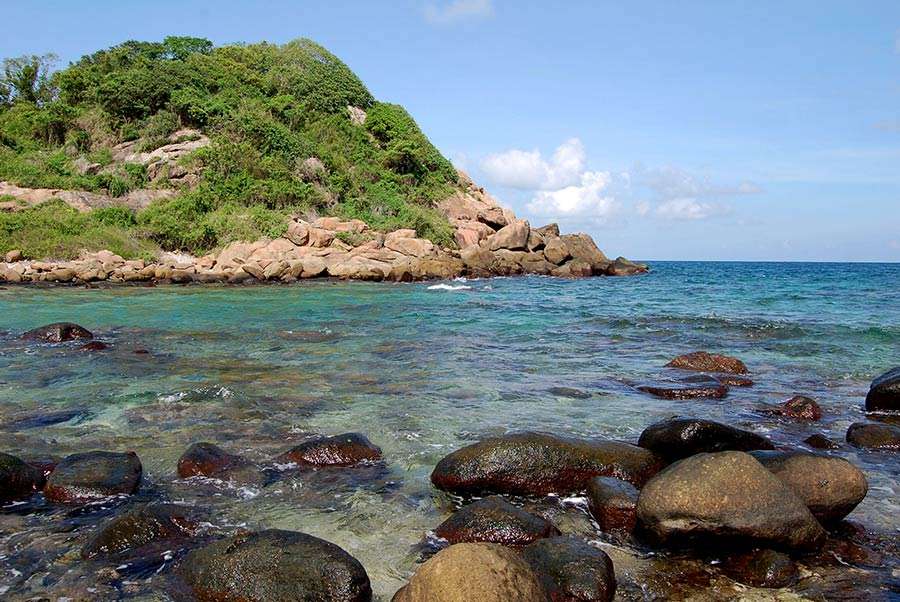

Exploring the Marine Life
For those who prefer to stay dry, glass-bottom boat rides offer a captivating view of the underwater world. As the boat glides over the shallow reefs, you can witness the bustling activity beneath the surface, making it an excellent option for families and non-swimmers.

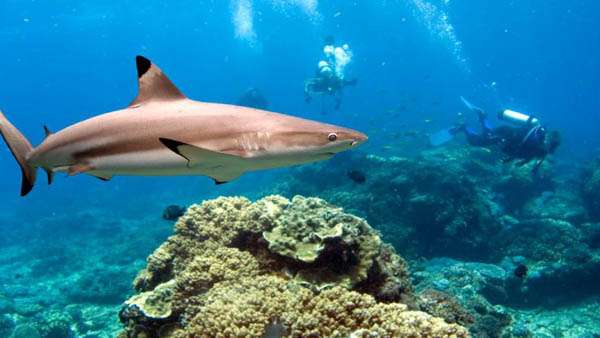
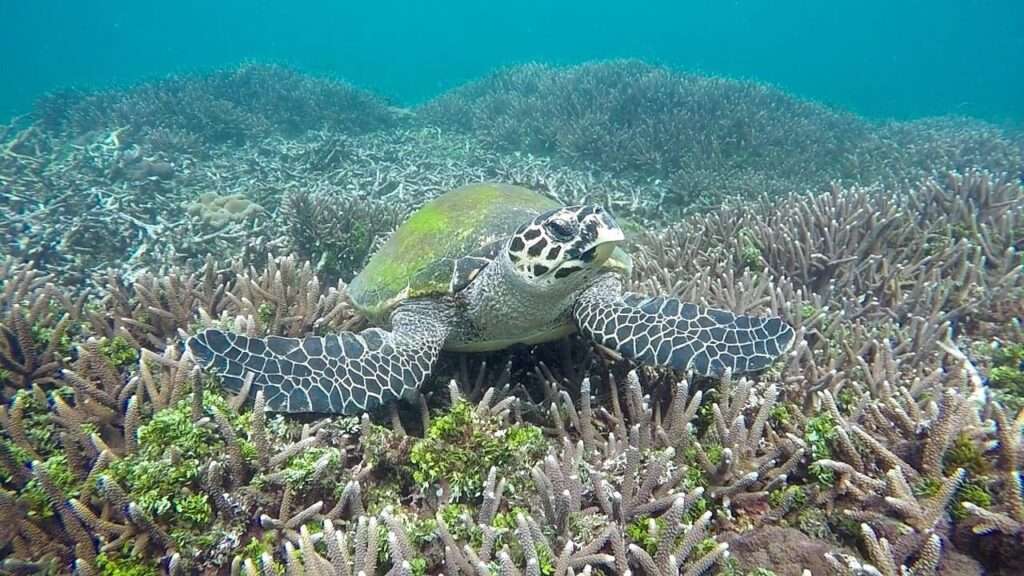
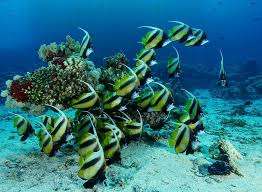
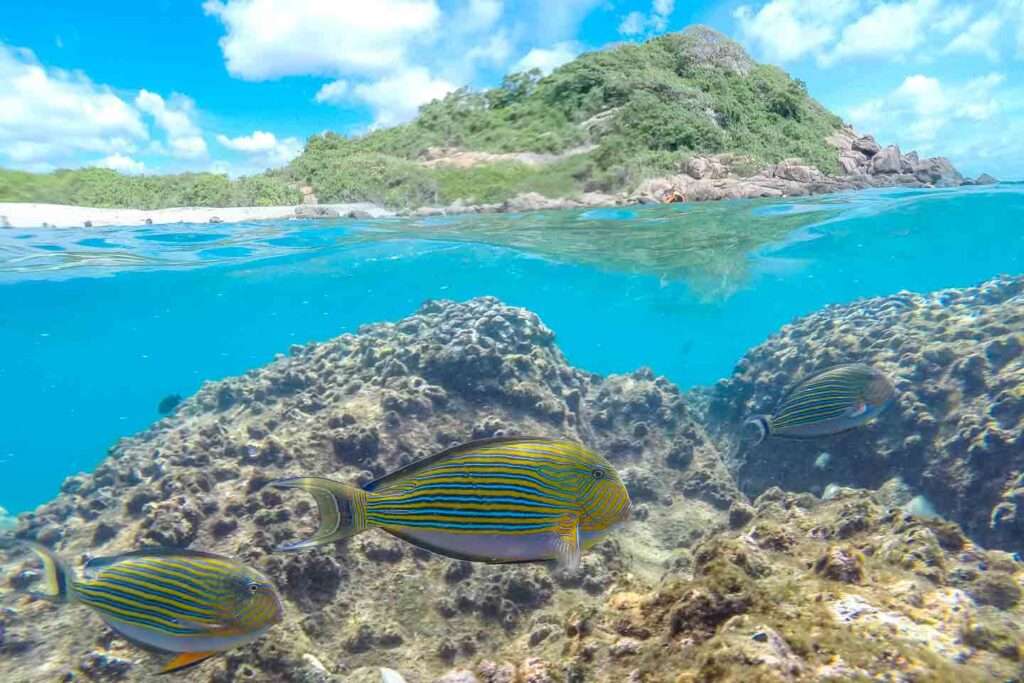
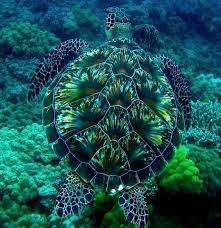
Pigeon Island: A Haven for Birdwatchers
Apart from its marine wonders, Pigeon Island is a sanctuary for avian enthusiasts. The park is a nesting ground for several migratory bird species, including the famous Blue Rock Pigeon, which lends its name to the island. Birdwatchers can spot a variety of feathered creatures perched on the rocks and soaring through the skies.
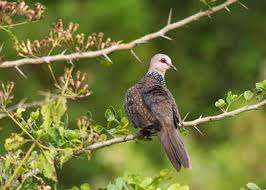
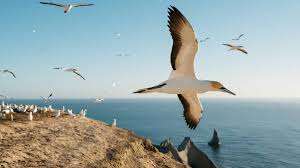

Activities and Attractions for Visitors
- Snorkeling Adventures
Snorkeling in the pristine waters of Pigeon Island is an otherworldly experience. Gear up, and you’ll find yourself in an aquatic wonderland, swimming alongside schools of fish and encountering graceful sea turtles gliding through the water.
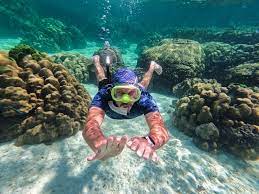
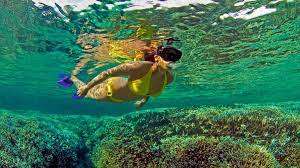

- Scuba Diving: Delving into the Deep
For more adventurous souls, scuba diving offers an opportunity to explore the deeper realms of the Indian Ocean. Experienced divers can venture to the park’s outer reefs, where encounters with reef sharks and rays leave lasting memories.

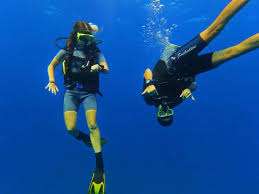
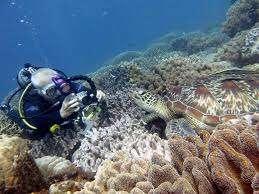
- Beaches and Picnicking Spots
Pigeon Island boasts pristine beaches with soft, golden sands perfect for relaxation and picnicking. The shade of overhanging trees invites visitors to unwind and soak in the tranquil atmosphere.

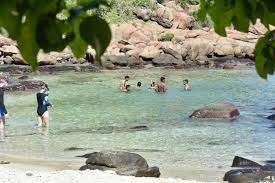
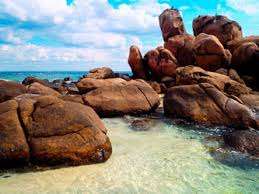
- The Historical Ruins: A Glimpse into the Past
History aficionados can delve into the island’s past through the remains of a British-built pigeon shooting range and a Dutch fort. These historical ruins provide a glimpse into the island’s colonial heritage.
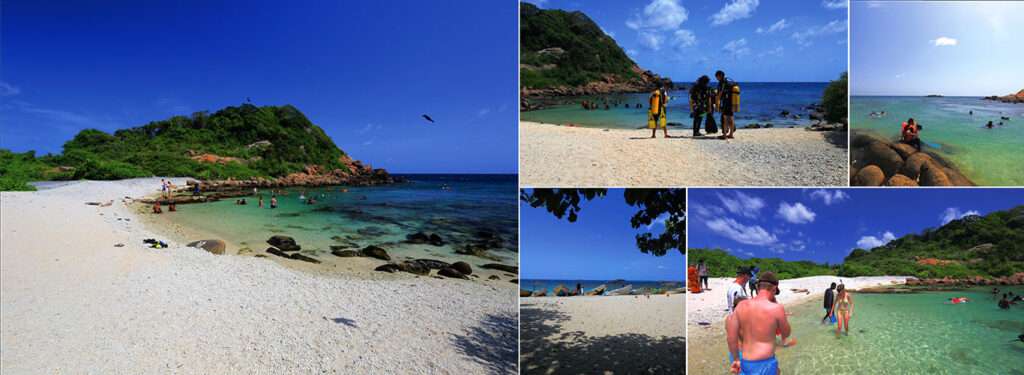
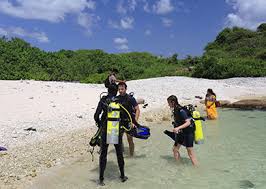
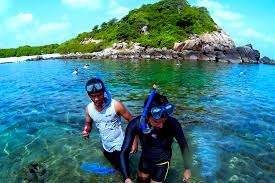
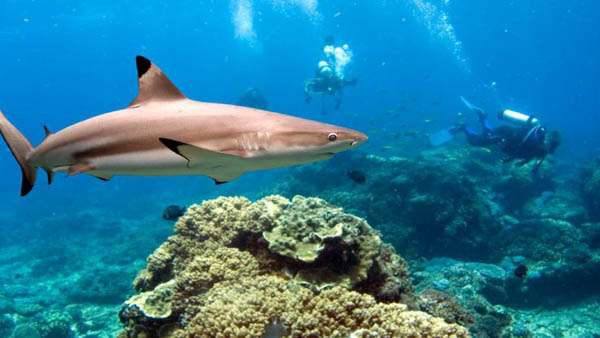
Conservation Efforts and Sustainability
The park authorities and local organizations have undertaken commendable efforts to preserve the natural beauty of Pigeon Island. Conservation projects and strict regulations have been put in place to protect the delicate marine ecosystem and the diverse wildlife that thrives within its boundaries.
Best Time to Visit
The ideal time to visit Pigeon Island National Park is during the dry season, which runs from May to October. During this period, the seas are calmer, offering better visibility for snorkeling and diving adventures.
How to Get There
Pigeon Island National Park is accessible from the coastal town of Trincomalee. Regular boat services transport visitors to the island, providing a scenic journey amidst the azure waters.
Accommodation Options
While the national park itself does not offer accommodations, nearby Trincomalee provides a range of hotels, resorts, and guesthouses to suit various budgets and preferences.
Conclusion
Pigeon Island National Park is a true gem in Sri Lanka’s natural crown, captivating all who venture to its shores. From its vibrant marine life to its historical treasures, the park offers a unique and unforgettable experience. Whether you seek adventure, relaxation, or a rendezvous with nature, Pigeon Island has it all.
FAQs
- Are there restrictions for visiting Pigeon Island National Park? Yes, to preserve the delicate ecosystem, a limited number of visitors are allowed each day. It is advisable to book in advance.
- Can I bring my own snorkeling or diving gear? Yes, you can bring your equipment, but rentals are also available near the park.
- Are there lifeguards on the beaches? Yes, trained lifeguards are stationed on the beaches for added safety.
- Is Pigeon Island suitable for a family outing? Absolutely! The park offers activities and sights suitable for visitors of all ages.
- Can I visit the park all year round? While the park is open year-round, the best time to visit is during the dry season (May to October) for optimal conditions.
